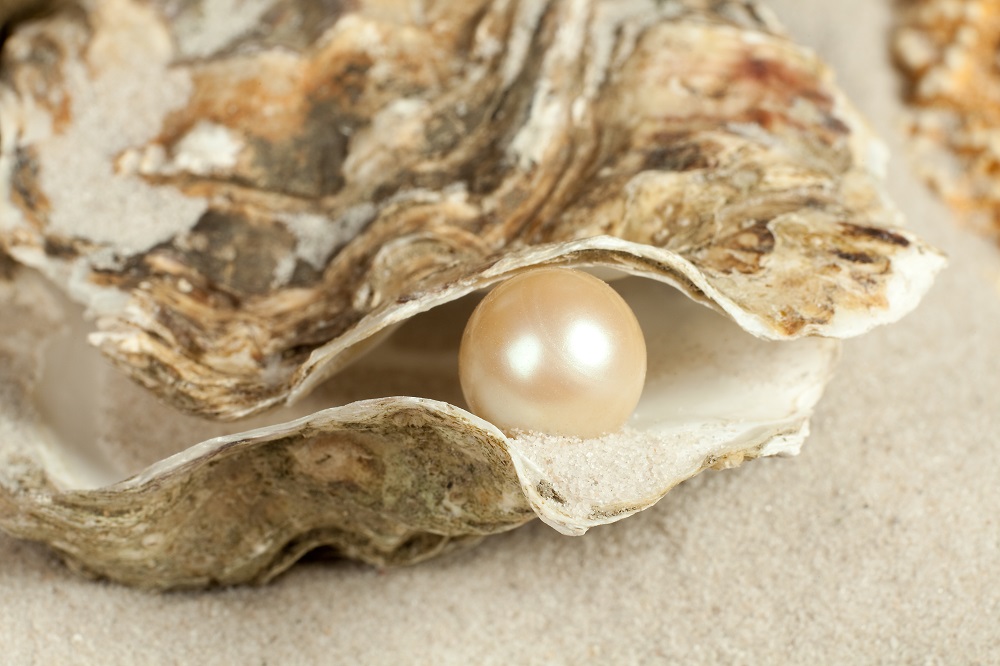Pearls, exquisite gems birthed from the sea’s heart, have long been intertwined with the essence of femininity and empowerment. The association of pearls with inspiring women transcends modern fashion trends, rooted deeply in historical and diverse cultural traditions. Some of the best pearl necklaces have been worn by film and fashion icons, leaving a big impression on everyone who’s ever been inspired by such precious gems.
To that end, we will explore the captivating world of pearls and discover how they have become emblems of women’s strength and elegance.
Pearls as Fashion Statements
Pearls have always been fashion’s most favorite timeless pieces. Beautiful and quality pearl necklaces have a story that’s as deep and layered as the gems themselves. The transformation of pearls from a symbol of traditional elegance to a statement of empowerment and independence is a fascinating journey, especially in the 20th century.
Coco Chanel: Revolutionizing Pearl Necklaces
Coco Chanel, a pioneering force in women’s fashion, played a pivotal role in redefining pearl necklaces. She famously mixed fake pearls with real ones and layered them in her ensembles, breaking the norms of her time. Chanel’s approach to pearl necklaces was revolutionary. She democratized these gems, making them accessible and fashionable for every woman, not just the elite.
By incorporating pearls into everyday wear, Chanel made a powerful statement: pearls, and the femininity they represented, weren’t confined to a particular class or status. This was a bold move, reflecting women’s changing roles and aspirations in society.
Iconic Women and Their Pearl Necklaces
When you think of pearl necklaces in the 20th century, two names often come to mind: Jacqueline Kennedy and Audrey Hepburn. These women were not just fashion icons; they were emblematic of grace, strength, and empowerment. Jackie Kennedy’s pearl necklaces were a staple in her wardrobe, complementing her elegant and sophisticated style. Her choice of simple yet striking pearls mirrored her role as a first lady who was both approachable and formidable.
On the other hand, Audrey Hepburn brought pearl necklaces into Hollywood glamor’s spotlight. Her memorable look in “Breakfast at Tiffany’s” with a black dress and a pearl necklace is timeless. Hepburn’s style was effortless and chic, and her pearl necklaces were a significant part. They symbolized a blend of vulnerability, strength, elegance, and simplicity—qualities that Hepburn herself embodied.
Pearl Necklaces: Beyond Aesthetics
The significance of pearl necklaces goes beyond their aesthetic appeal. They became a medium through which women could express their personalities and their independence. Wearing pearl necklaces was no longer about adhering to societal expectations of femininity. It was about making a personal statement, embracing both the traditional and the modern aspects of womanhood.
In a way, pearl necklaces became a form of silent rebellion against the norms. They were a subtle yet powerful tool for women to express their identity, beliefs, and strength. The evolution of pearl necklaces in fashion reflects the broader societal changes regarding women’s roles and their representation in society.
Pearls in History: More Than Just Pretty Beads
Let’s take a trip back to history; it’s no secret that there’s so much more to these precious gems. In ancient Roman myths, Venus, the goddess of love and beauty, was believed to have emerged from the sea. Since pearls also come from the sea, people started associating them with Venus’s qualities: beauty, love, and, yes, femininity.
It’s not just the Romans who saw pearls this way. In ancient China, pearls were a big deal, too. They were seen as protectors and were even linked to dragons, symbolizing power in Chinese culture. This connection puts an interesting spin on femininity, combining the traditional ideas of purity and beauty with strength and might.
Pearls in Stories and Paintings
Fast-forward to medieval times, and pearls were still in the spotlight. They often symbolized purity and were linked to the Virgin Mary in religious texts. In paintings from the Renaissance era, women were frequently shown wearing pearls, emphasizing their grace and elegance.
But pearls weren’t just one-note symbols; take Shakespeare’s play “The Merchant of Venice,” for instance. Here, a pearl becomes a metaphor for wisdom and value, suggesting that femininity is also about intelligence and self-worth.

Today’s Pearls: A New Meaning
Today, pearls are more than just symbols of traditional femininity; they now represent a combination of the old and the new, embodying both time-honored elegance and modern strength. They symbolize individuality, resilience, and a profound connection to nature.
There’s also a beautiful metaphor for how a pearl is formed. It starts as a tiny speck of sand and transforms into something stunning. This mirrors women’s challenges and triumphs, turning obstacles into opportunities for growth and beauty.
And they are rapidly rising in popularity. A report by the Gemological Institute of America indicates a rising demand for pearls. It seems that time has no effect on the magic of pearls, and they will adorn women’s outfits forever.
Wrapping Up
Pearls are not just a fashion accessory; they tell a story of beauty, strength, and evolution. From ancient myths to modern-day empowerment, pearls symbolize the journey of femininity—always evolving, always resilient. In a world where we celebrate individuality and strength, pearls remind us of our connection to the past and our hope for a more sustainable, empowered future.

